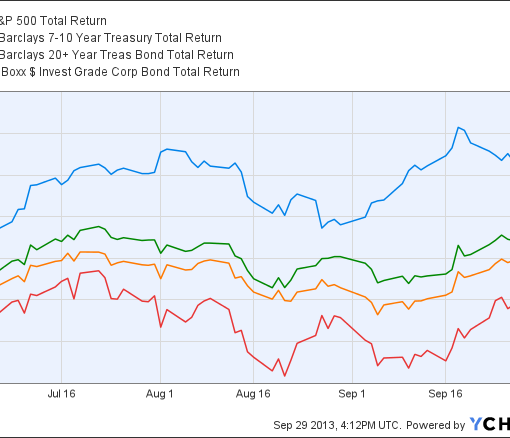The market ran up significantly in the financial services sector over December and January, which has had an impact on the returns of my Financial Services model. Although I see many positions to be undervalued in the long-term, I am beginning to be more cautious on the near-term. Consequently, I raised the cash position in the portfolio.
The top four positions in the portfolio in terms of size as of close on February 11, 2013 are New York Community Bancorp (NYCB), Bank of America (BAC), KKR & Co. (KKR), Cincinnati Financial (CINF), and cash. All firms recently reported earnings that were in line with my expectations and will provide for improved performance and long-term opportunity, in my opinion.
The major change that I had not anticipated in the earnings report but I see as a near-term positive, is the decision by NYCB to re-price $6.0 billion of borrowed funds, resulting in a 117 basis point decline in their weighted average cost.
A near-term challenge for the bank was the cost of their wholesale funding and this action reduced the cost immediately without impairment to capital and extended out the maturity of the deposits.
To illustrate the impact, the 12/31/2012 income statement indicated earnings of $501 million. A 1.16% saving on $6 billion is $70.2 million/year and has no material impact to the rest of the income statement.
The savings going into 2013 provides a reduced interest expense burden for the business and may provide increased stability in the dividend of the business. I own it for the dividend yield, management, and for what I perceive as a low risk business model.
Looking forward, I am researching buyout targets and accretive acquirers in the regional banking space. Particularly, I am targeting financial institutions between $1 billion and $10 billion in assets that meet the investment guidelines of Covestor.
In my opinion, the rebounding economy, slow but growing loan demand, stocks trading at discounts to book, and excess capital in the space provide consolidation opportunities across the sector.
I anticipate that as interest rates begin to rise, consolidation activity will increase significantly and make many investors very happy, as I believe they were in the late 1990’s when investing in financial service firms.
The portfolio is structured to provide dividend income with a target minimum yield of 3% net of fees. This would provide a stable return of capital during market volatility that could be redeployed into new opportunities or be added to existing positions.
The investments discussed are held in client accounts as of February 21, 2013. These investments may or may not be currently held in client accounts. The reader should not assume that any investments identified were or will be profitable or that any investment recommendations or investment decisions we make in the future will be profitable.



